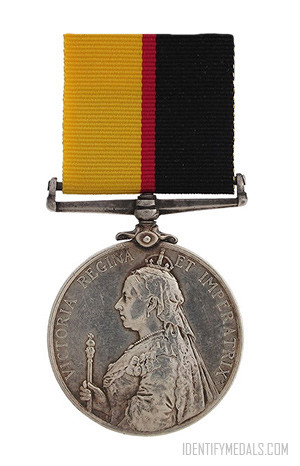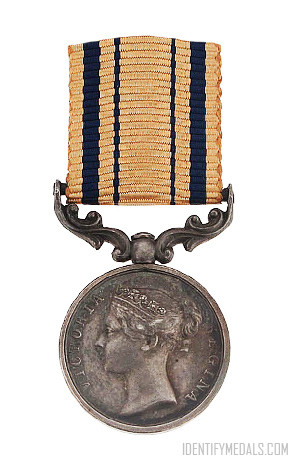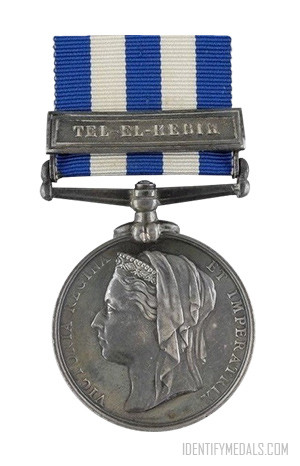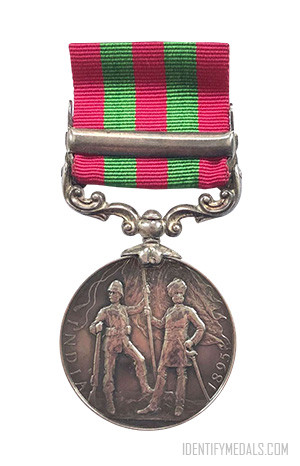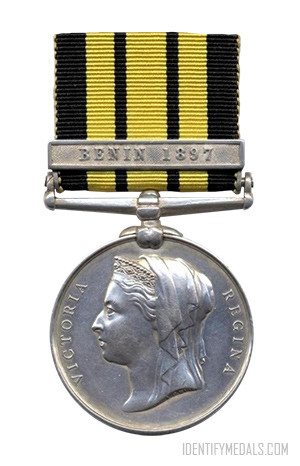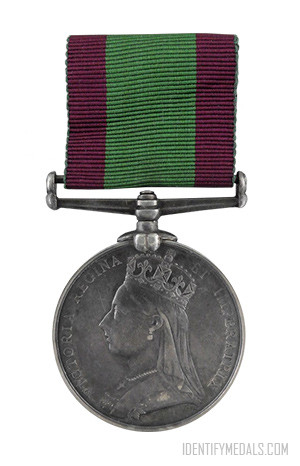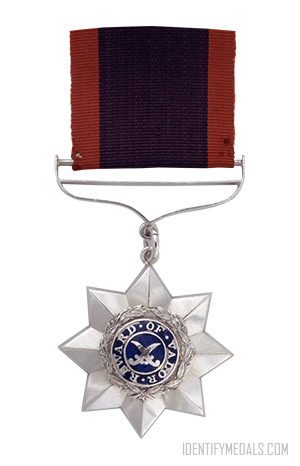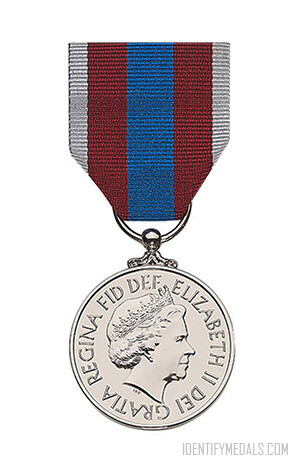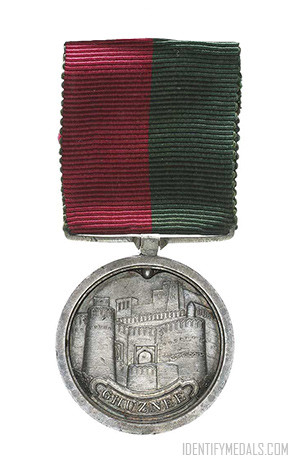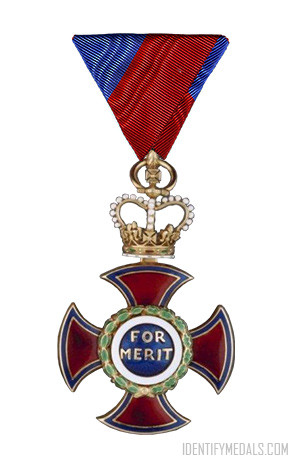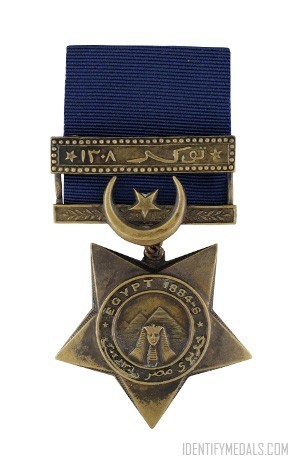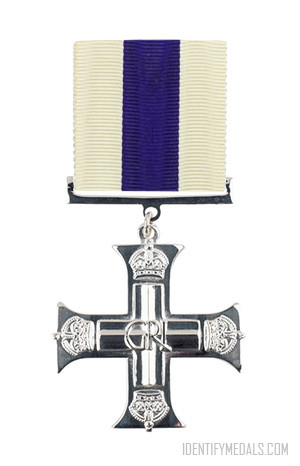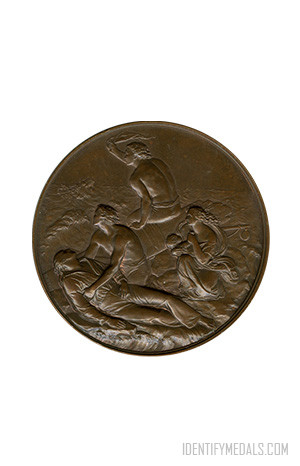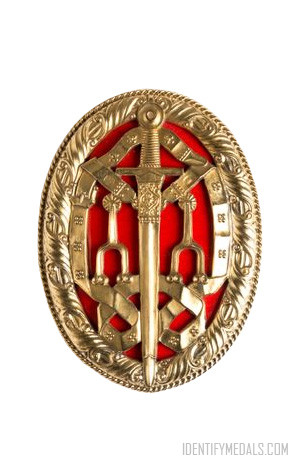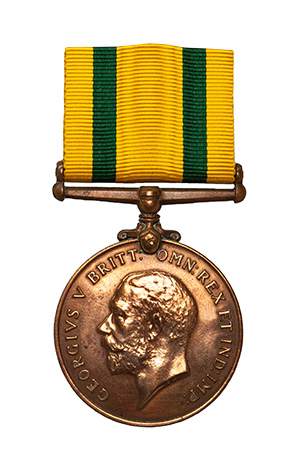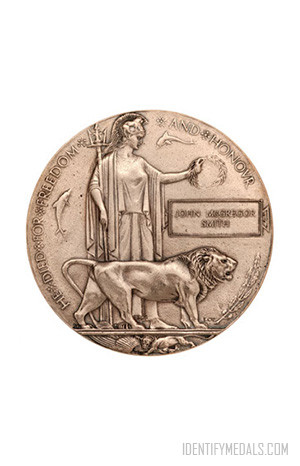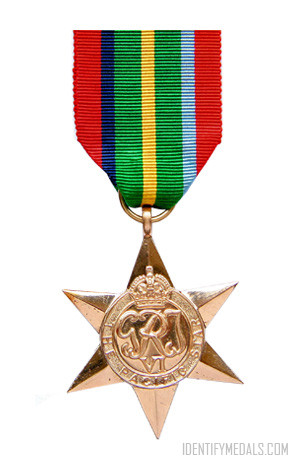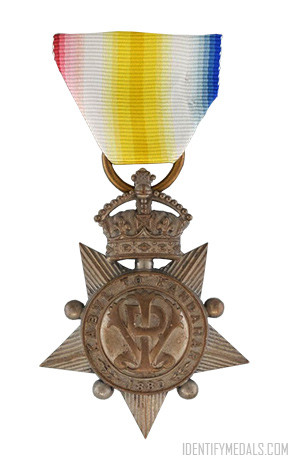- Time Period: Pre-WW1
- Year of Institution: 1899
- Country: Great Britain
The Queen’s Sudan Medal was awarded to British and Egyptian forces which had taken part in the Sudan campaign between June 1896 and September 1898, and authorized in March 1899.
The campaign reflected the British desire to reverse the defeats of the Mahdist War in the 1880’s, as well as concern that France and other European powers would take advantage of Sudan’s instability to acquire parts of its territory.
Initially only the Egyptian Army was engaged. British Army units joined from early 1898, with two British brigades being present at the decisive victory at Omdurman on 2 September 1898.
The Queen’s Sudan Medal Design
The Queen’s Sudan medal is circular and measures 36.5 millimeters (1.44 in) in diameter. It was awarded in silver to soldiers of the British and Egyptian armies, and in bronze to a small number of non-combatants, mainly officers’ servants, and grooms from the Indian Army.
The obverse shows a half length crowned figure of Queen Victoria and has the legend VICTORIA REGINA ET IMPERATRIX. The reverse displays a plinth inscribed SUDAN supported by Nile lilies, where a figure of victory sits holding a laurel wreath and a palm branch. Behind her are the British and Egyptian flags.
The ribbon measures 31.7 millimeters (1.25 in) wide ribbon is half yellow, half black with a thin dividing red stripe. No clasps were awarded for this medal.

